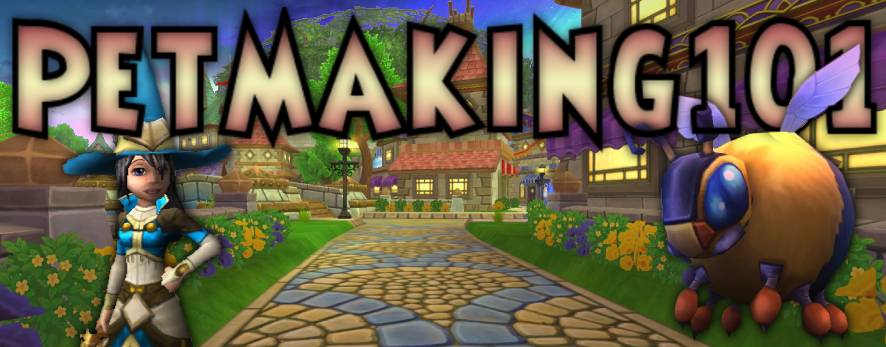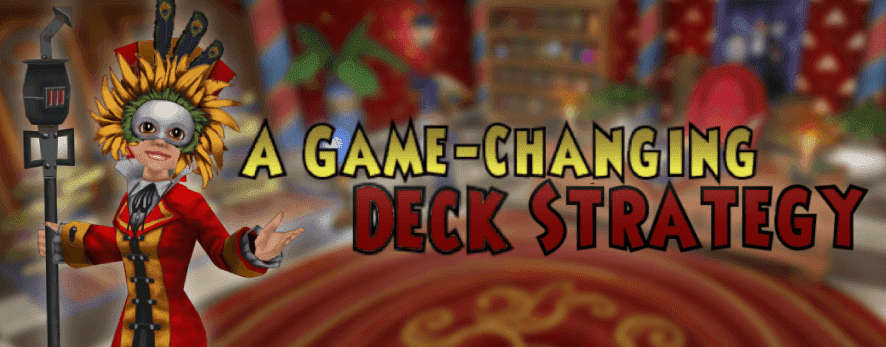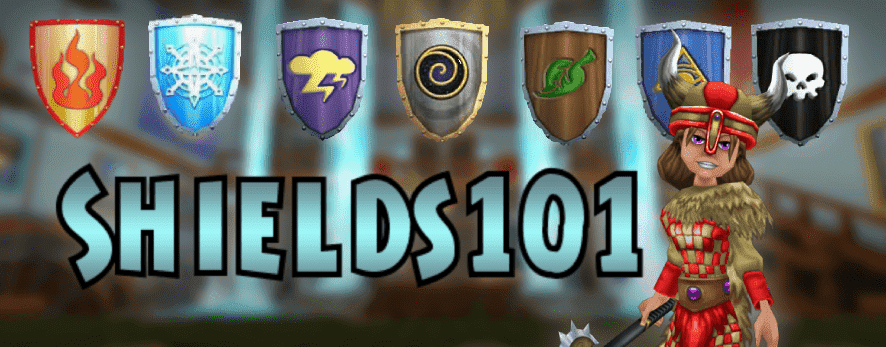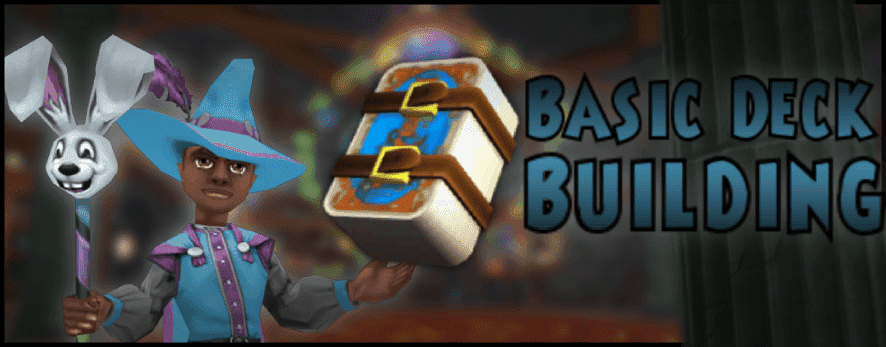Tag: Life
-

Petmaking 101
•
Where to Start The first step of the hatching process is to determine what your end goal is. If you don’t have specific talents in mind, it will be hard to know when you have finally trained your dream pet. If this is your first pet, I recommend going for…
-

A Game Changing Deck Strategy
•
Have you been spending your training points on a secondary school thinking it’s the best option to help on your questing journey? Well, I have a little game changer for you! Personally, this helped me so much in my journey through the spiral. I am a life wizard and everyone…
-

Shields101
•
Shields are a type of ward and are the exact opposite of traps. While traps add damage to a spell, shields detract damage. Charms and blades trigger first, and wards go second. So any shielding you do will affect the spell with the charm buffs. There are three different types of…
-

Basic Deck Building
•
INTRODUCTION This is a guide that is designed to help people build their decks accordingly, as a lot of people tend to overcrowd, under-pack, and/or leave out some useful cards. This focuses on max level decks, however lessons learnt here can be applied to any level of play. This guide…
